Kinshasa
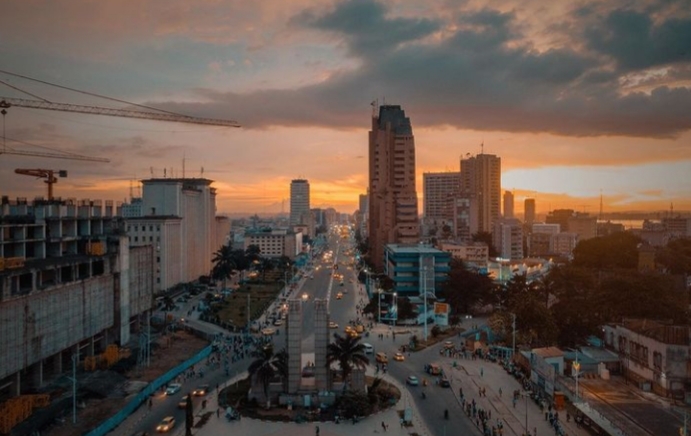
Kinshasa, the largest city and capital of the Democratic Republic of the Congo, is situated approximately 320 miles (515 km) from the Atlantic Ocean on the southern bank of the Congo River. As one of sub-Saharan Africa’s major urban centres, it holds a unique political status comparable to a Congolese region, governed independently by its governor. The residents of the city are commonly referred to as Kinois.
Beyond its role as the political capital, Kinshasa serves as the focal point for the diverse and sometimes conflicting influences that have contributed to shaping the country’s character in modern Africa. Unlike other cities tied to specific regions, Kinshasa, until 1997, functioned as the seat of a prolonged Zairean military government. This government relied on the strength of the armed forces and a strategy of political and social compromise, which, despite initial resistance, gained the cooperation of a significant portion of the population.
Caught amid extremes of wealth and poverty, the majority of Kinois spend substantial time seeking essential resources that are inconsistently available. Despite these challenges, the people of Kinshasa have managed to transform the city into a source of distinctive influence in both intellectual and popular culture, extending its impact throughout Africa.
The densely populated core of Kinshasa covers an area of 58 square miles (about 150 square km), while the overall jurisdiction of the city government, encompassing sparsely populated regions, spans 3,848 square miles (9,965 square km).
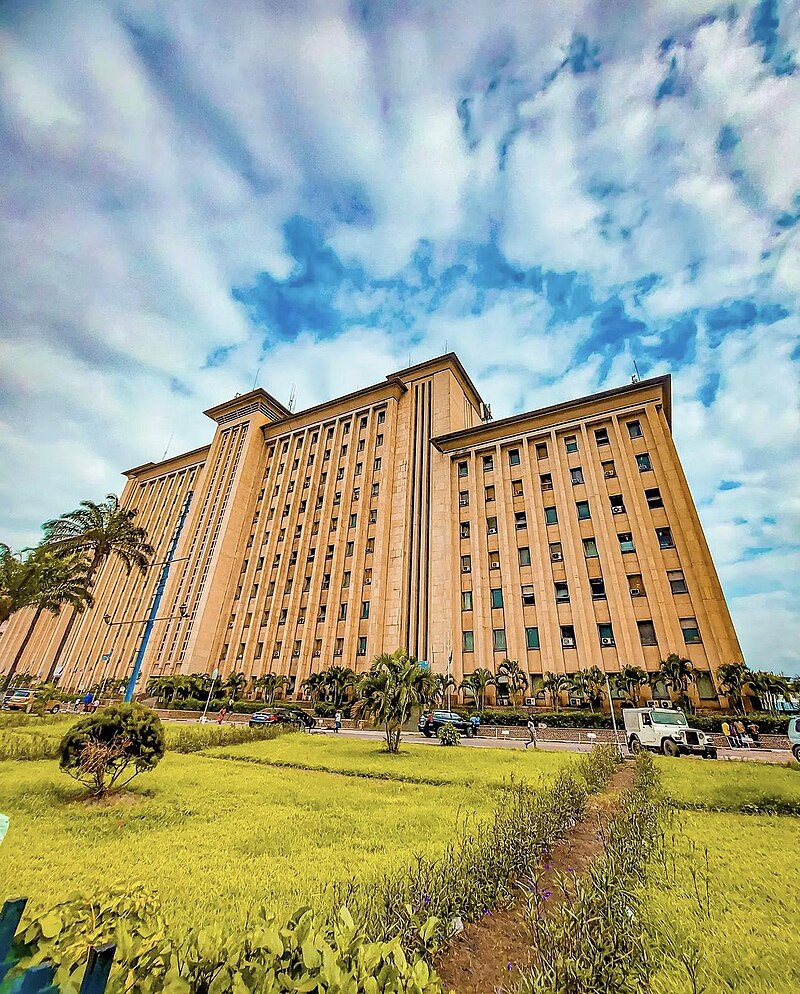
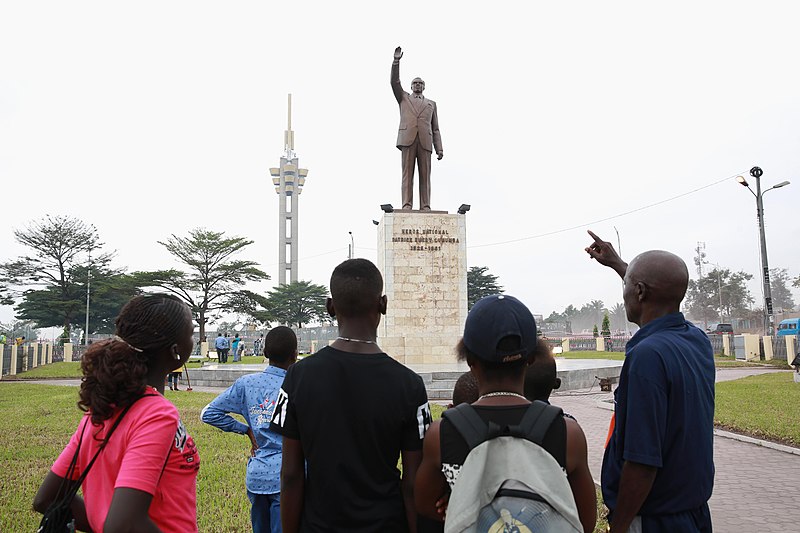
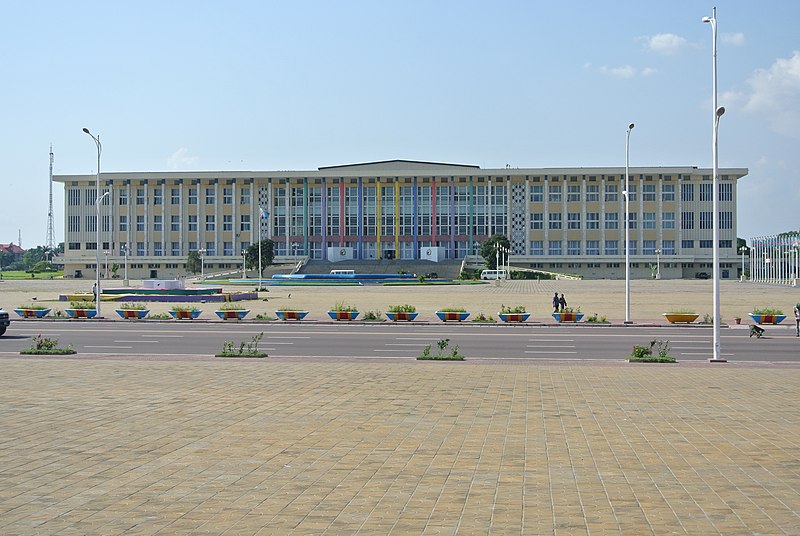
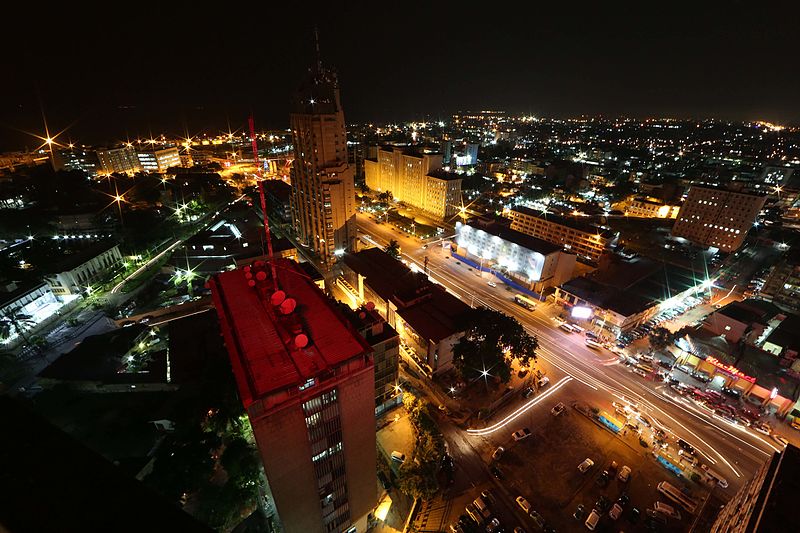

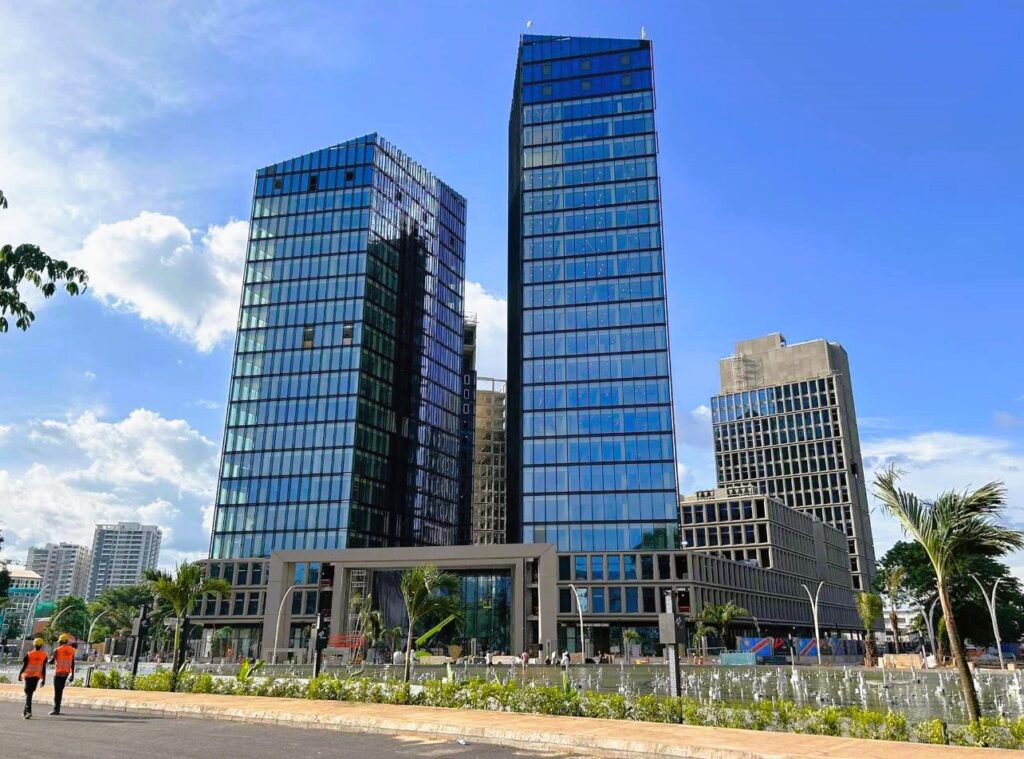
Map view
Detailed Wiki about Kinshasa
| ID |
|---|
| 17263 |
| Name |
| Kinshasa |
| State ID |
| 2741 |
| State Code |
| KN |
| State Name |
| Kinshasa |
| Country ID |
| 51 |
| Country Code |
| CD |
| Country Name |
| Democratic Republic of the Congo |
| Latitude |
| -4.32758000 |
| Longitude |
| 15.31357000 |
| WikiData ID |
| Q3838 |